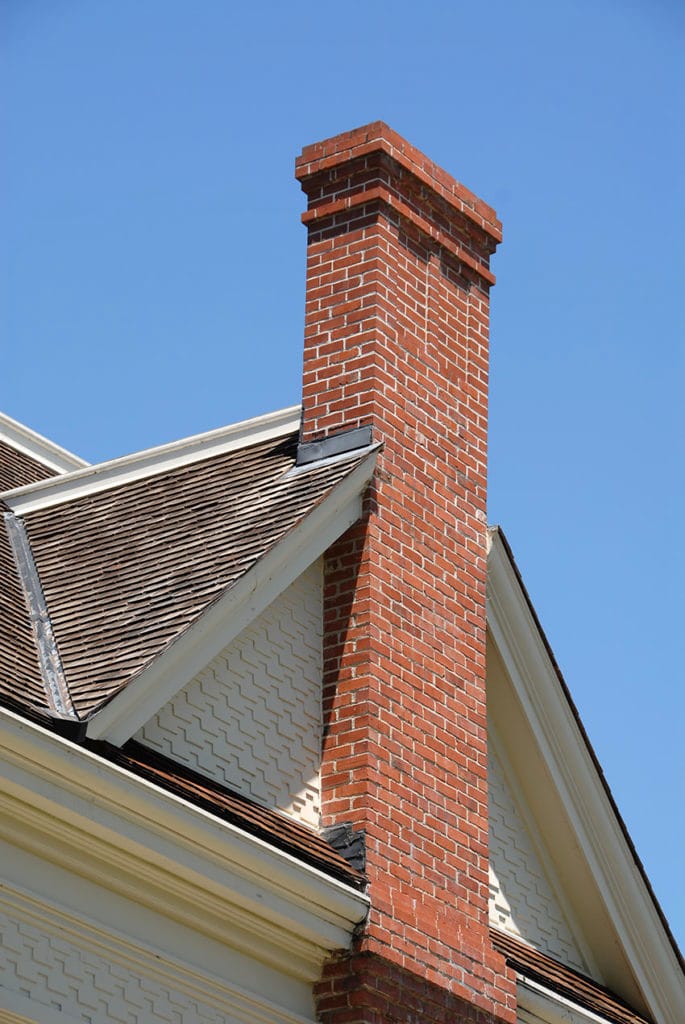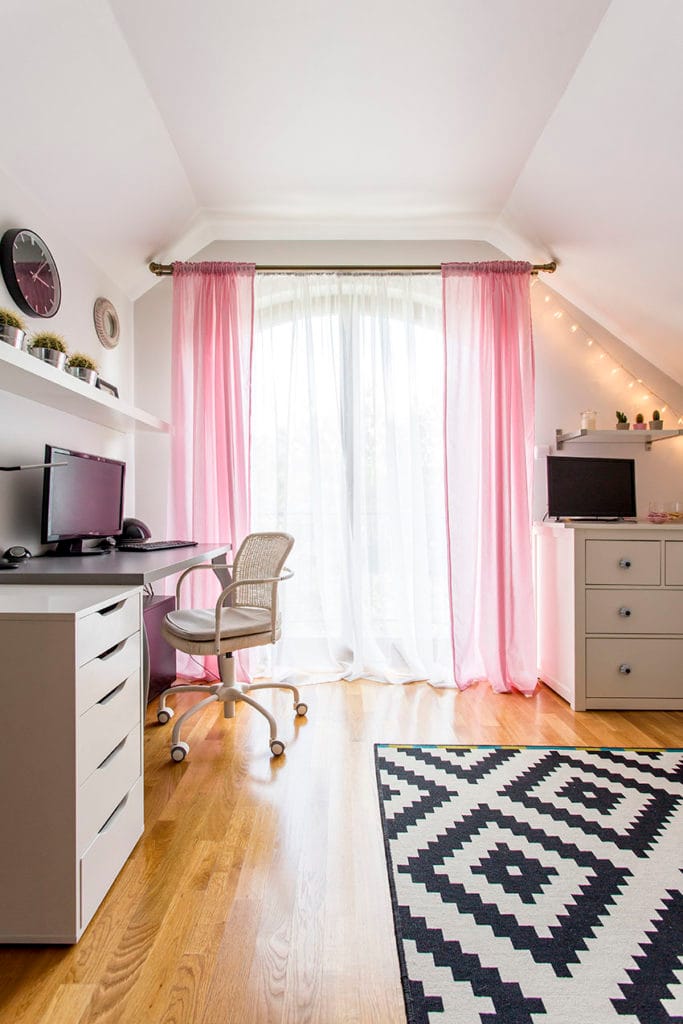As a homeowner, you need to undertake chimney relining in the event your chimney liner comes off.
Why do you need to install a chimney liner?
The chimney liner provides your home with plenty of benefits:
Protects the home from the risk of accidental fire: The liner protects the wood around your chimney, shielding it from high temperatures that are produced in the fireplace. When you work with an unlined chimney, the heat produced in the chimney tends to move through the chimney and into the adjacent wooden parts extremely fast putting your house at the risk of catching fire.
Protects the brick and mortar from corrosion damage: If you have used your chimney for a long time you might be aware that the byproducts of combustion are toxic and corrosive. When the products seep directly into the chimney masonry, erosion results.
When there isn’t a liner, the combustion gases eat away at the bricks and mortar of the chimney, which puts you and your family at risk. This is because the cracks and gaps created by the erosion can allow the poisonous gases such as carbon monoxide to leak into your home.
Increases the efficiency of the fireplace: One of the popular ways of increasing the efficiency of the fireplace is to install a fireplace insert into an existing opening. Since masonry chimneys are larger than these inserts, the size difference often brings about safety and performance issues.
One of the ways of fixing this issue is by installing a chimney liner. The decreased size of the chimney flue increases the efficiency of the chimney thus you use little fuel.
Chimney liner options
Did you know that you have many options of chimney liners that you can choose from? Some of the most common ones are:
Clay: They are the most popular lining materials that you can choose from. They are loved by many people as they are inexpensive and highly durable. A properly maintained clay liner can last for up to 50 years.
While clay liners are cheap and durable, unfortunately, they are difficult to replace. This is because they require a lot of labor to tear them off. For you to avoid having to replace them every now and then, you should take good care of them.
Metal liners: The most common liners under this category are the stainless steel flue liners. While they are a little bit expensive to purchase, they require just a little labor to install them.
If you are strapped of cash and you want metal liners in your home, you should go for aluminum liners. They are often affordable, but they are only ideal for certain medium-efficiency gas appliances.
Cast in place liners: Cast in place liners are constructed from poured cement. The cool thing with lining with cement is that the process is less invasive, less laborious, and often cheaper than when you are rebuilding a clay liner.
When you take good care of the clay liners, they have the ability to last up to 50 years. You can install the liners on any type of chimney you might be having. The cool thing is that the lining can withstand a wide range of elements including heat, acids, and even condensation.
Tips to consider when relining your chimney
If the chimney liner has come off, you should replace it as soon as possible. As you have seen there are plenty of material options that you can go with. As rule of thumb, you should choose a material that gives you the best results and gives your chimney the look that you want.
Unless you are highly experienced at the installation of the lining material, you should avoid doing it by yourself—always hire chimney contractors to help you out. While the contractors will cost you money, they will be worth it as you will end up saving a lot of money and time in the long run.
Some people try to cut costs by going for the cheapest lining materials and hiring the cheapest contractors. Don’t do this. Remember that you always get what you pay for; therefore, when you pay cheap, you should expect cheap services and cheap results. For ideal results, always go for quality.

